A helicopter of the Chilean Navy had a collision with a drone, which broke through the windscreen and injured the on-board mechanic. The incident happened last Saturday.
The aircraft was a Bell UH-57B. This is essentially the military version of the well-known 206B JetRanger III. Photos show that the helicopter had a single pilot, with no left seat and the mechanic sitting in the main cabin. The drone pierced the helicopter’s plexiglass windscreen, apparently striking the mechanic on the head.
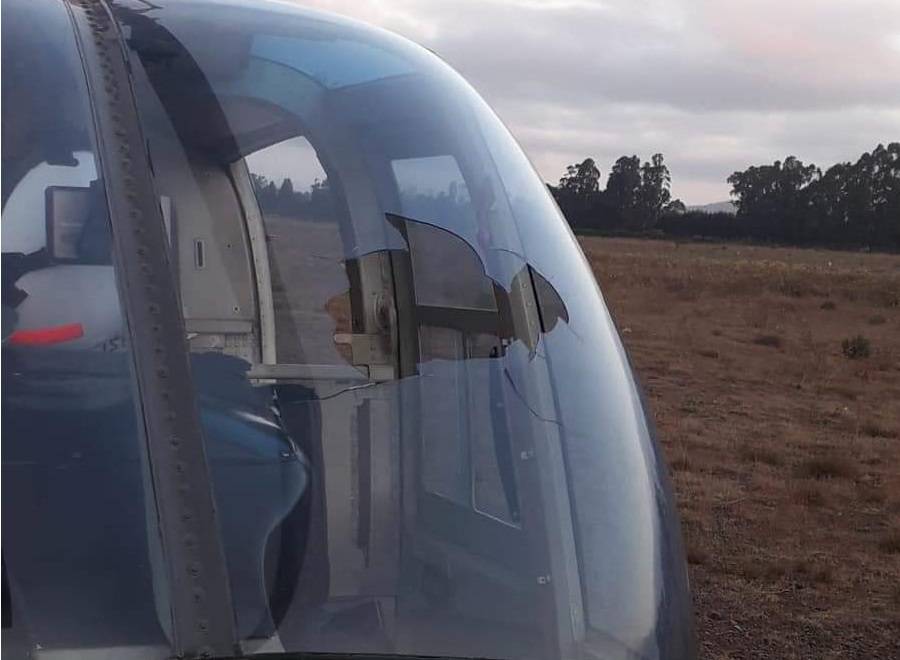
The incident happened in Santo Domingo, in the Valparaíso region of Chile. The pilot reportedly landed the helicopter and the injured individual could receive treatment at the Santo Domingo CESFAM (family health centre). He was later taken to a naval hospital. Authorities now report that he is in good health. The drone stayed within the helicopter and was recovered. And from the pictures, it appears to be a DJI Mavic Air 2. It weighs 0.57kg (1.26lbs).
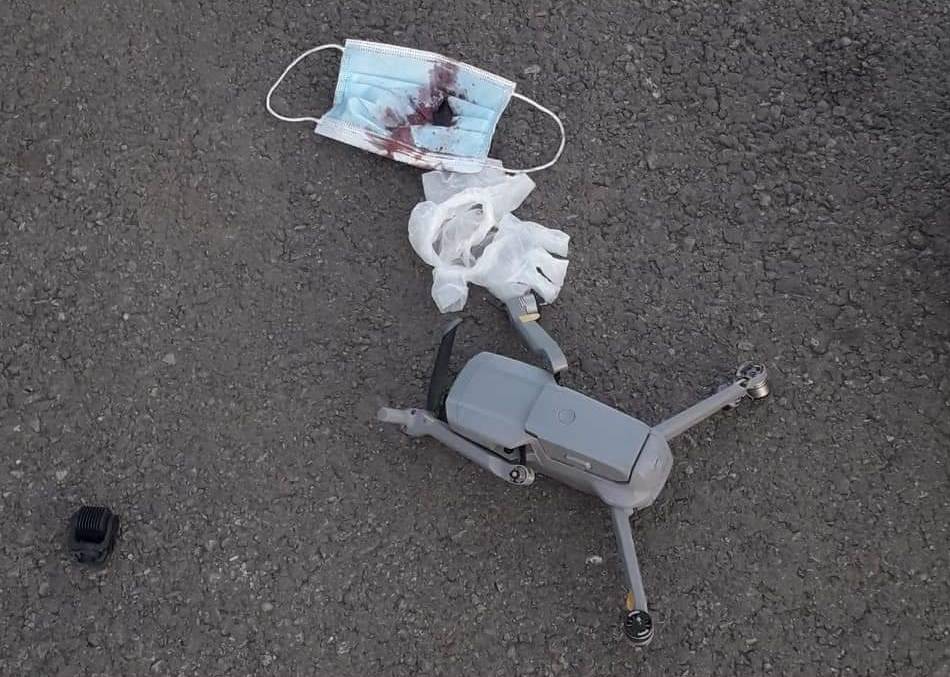
Authorities have not yet identified the owner/operator of the drone. Some authorities require registered drones to carry an identification number, or inscription. But the drone in the helicopter incident had neither. However, authorities may still be able to identify the owner, with the drone’s serial number. The camera’s memory card could hold some helpful clues, as well.
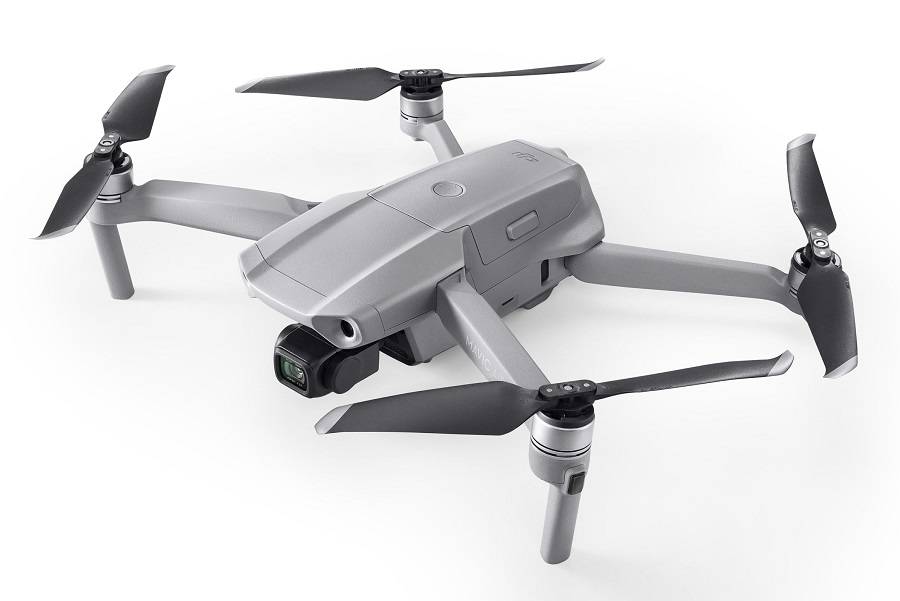
More Drone – Helicopter Encounters
We don’t yet know the position and/or altitude that the helicopter and the drone flew, during the collision. According to local reports, the helicopter crew were patrolling the coastline of the jurisdiction of the San Antonio Maritime Authority. In most countries, amateur drones should fly no higher than 400 feet (~120 metres). They should also stay clear of military-controlled areas, and of course airports.
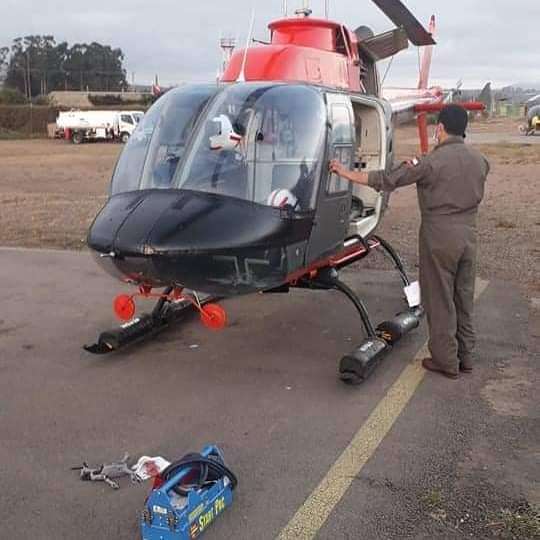
Such incidents happen with worrying regularity. Last November, we reported on a similar incident, between a drone and a police helicopter in Los Angeles. That drone did not enter the cabin, but the helicopter crew decided to make an emergency landing, suspecting mechanical damage. The drone had indeed damaged the bottom engine cowling. Authorities found the drone on the ground.
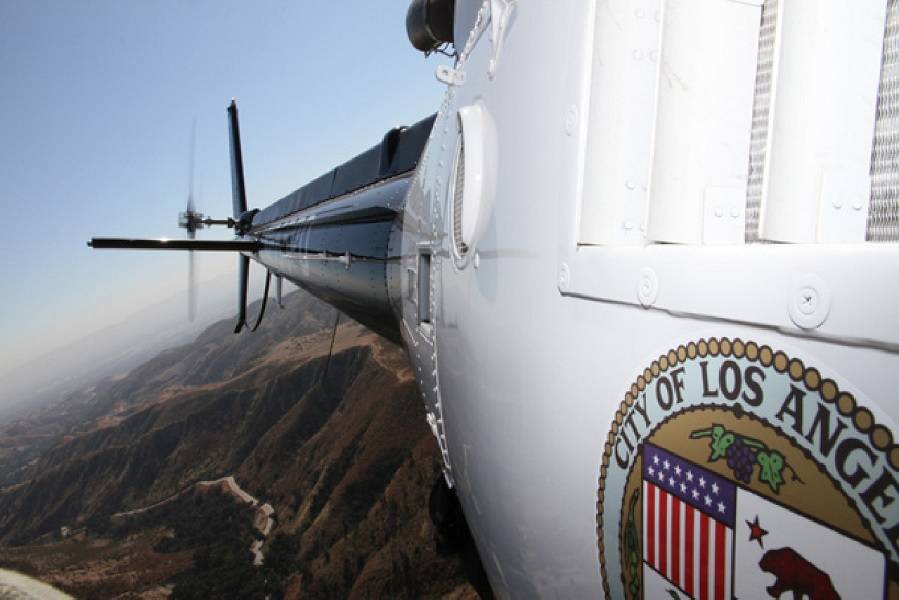
In the Los Angeles incident, authorities did identify and arrest the pilot of the drone. He claimed that he flew the drone to see why there were police sirens and a helicopter in his neighbourhood. The police were responding to a robbery in a pharmacy. Ten days ago, the 22 year-old drone pilot pleaded guilty to one count of “Unsafe Operation of an Unmanned Aircraft”. This is the first such conviction in the US. A sentencing hearing is due on the 12th of April.
Fixed-Wing Aircraft, Too
Last November we also had an incident with a Cessna 182 hitting a drone in the Netherlands. On this occasion, a nearby military helicopter was able to inspect the drone-hit Cessna in mid-air. The aircraft made an uneventful landing. A post-flight inspection revealed damage to the engine cowling and propeller. The pilot had assumed that they hit a bird. However on the ground, it was clear that they hit something mechanical. The collision happened at 1400 feet, over 3 times the legal altitude for drones.
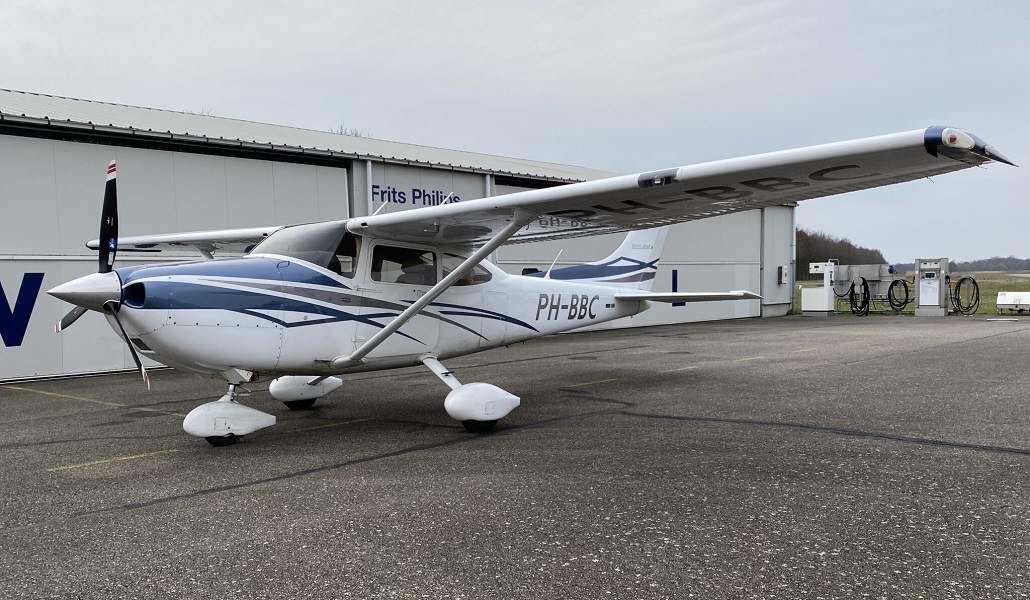
There have been more such incidents before, including in Chile. But Saturday’s helicopter crash with this drone may be the first to include a serious injury. There are movements world-wide, to make drones easier to identify, both in the air and after such incidents. And people can get licenses to fly them, learning how to do so safely and responsibly.
Let’s hope that licensing and better training become the norm, arresting the trend for these worrying incidents.



